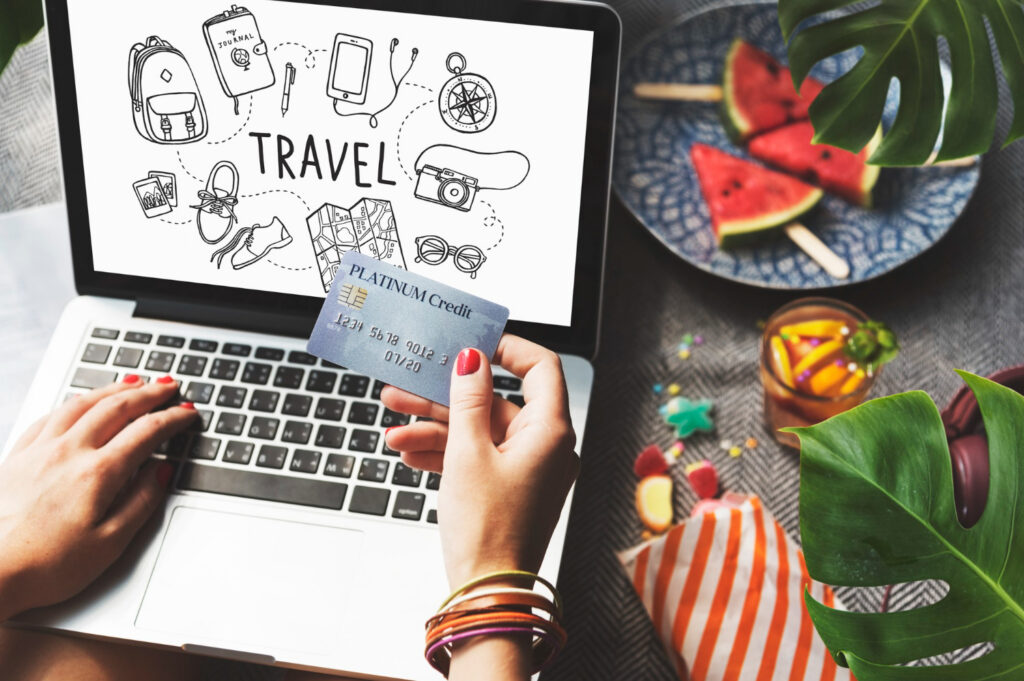Few things compare to the thrill of discovering new destinations, indulging in unique cuisines, and capturing the world through a different lens. Travel is not just a luxury anymore—it’s often seen as a crucial part of living a full life. However, that dreamy week in Bali or a spontaneous weekend in Paris can quickly snowball into a financial setback if not balanced with long-term money goals. So where exactly is the fine line between spending on travel and securing your future through saving and investing?
Let’s explore how to enjoy your wanderlust without compromising your financial well-being.
Understand Your Financial Priorities First
Before booking flights or setting off on an adventure, take a hard look at your financial picture. Are you meeting your monthly expenses comfortably? Do you have an emergency fund? Are you contributing regularly to a savings or investment account?
Creating a financial roadmap helps you understand what percentage of your income can be allocated toward travel. The 50/30/20 rule is a great starting point—where 50% of your income goes to needs, 30% to wants (like travel), and 20% to savings and investments.
If you’re consistently dipping into your emergency fund to fund trips, the line has already been crossed.
Set a Travel Budget Within a Bigger Financial Plan
Travel doesn’t have to mean financial recklessness. Allocate a dedicated amount for travel within your annual or monthly budget. Open a separate savings account for travel and automate monthly deposits—even a small amount will add up over time.
More importantly, don’t let your travel budget exist in a vacuum. Review it alongside your investment goals. If you’re cutting your retirement contributions or pausing your emergency savings for a trip, that’s a red flag.
Let Investments Work for Your Lifestyle—Not Against It
Smart investing doesn’t mean you can’t enjoy your life now. In fact, a well-managed portfolio can make room for travel while building wealth. Passive income from investments like dividend stocks, property-backed loans, or peer-to-peer (P2P) lending platforms can fund part of your lifestyle expenses—including travel.
Platforms like Valvest or Monefit let you invest in consumer credit or P2P loans, offering attractive returns that can generate extra income streams over time. With steady gains, you could earmark investment returns for travel while keeping your principal invested.
Remember: it’s not about choosing between fun and future—it’s about designing a financial life where you can have both.
Recognize Travel FOMO vs. Travel Goals
Social media can often pressure us into impulsive spending. Seeing peers post vacation photos can trigger a case of “travel FOMO,” making us feel like we’re missing out. But meaningful travel should align with your values and financial goals—not be a reflex response to someone else’s itinerary.
Before booking, ask:
- Is this a trip I’ve planned and saved for?
- Will this disrupt my investment or savings goals?
- Am I choosing this experience, or reacting emotionally?
If you’ve worked travel into your plan, you’ll enjoy it more guilt-free.
Use Travel as a Reward, Not an Escape
Instead of treating travel as an emotional escape from work or stress, treat it as a reward for achieving a financial milestone. Finished paying off a credit card? Met your annual investment contribution? Great—book that weekend getaway!
This mindset helps you stay disciplined while still enjoying the moment. Travel becomes a celebration of progress, not a detour from it.
Blend Travel With Frugality and Creativity

Luxury travel isn’t the only kind of travel. You can explore new places without hurting your wallet. Consider:
- Off-season trips with lower airfare and accommodation rates
- Using travel rewards and points
- Staying in budget-friendly hostels or rentals
- Combining remote work with slow travel to save on short-term expenses
There’s pride in traveling smart—and it keeps your investment portfolio on track while you enjoy life’s experiences.
Use Tech to Track Your Financial Balance
There are now tons of personal finance and investment apps that help you balance lifestyle expenses with long-term savings. Use them to:
- Monitor travel budgets
- Track investment performance
- Set financial goals and get alerts if you’re falling short
When you’re tracking your money in real time, you’re more likely to stay balanced.
Final Thoughts: Walking the Fine Line with Intention
Travel and financial security are not mutually exclusive. The key is intention. By planning travel as part of your broader financial goals, you can explore the world today without sacrificing your dreams for tomorrow.
Your future self will thank you for it—whether you’re exploring the streets of Tokyo or retiring a few years earlier than planned.
Pro Tip:
Start investing today with even small amounts—platforms offering P2P lending or property-backed loans make it accessible and low-barrier. Let your money grow while you explore.

Discuss this article / 0 comments